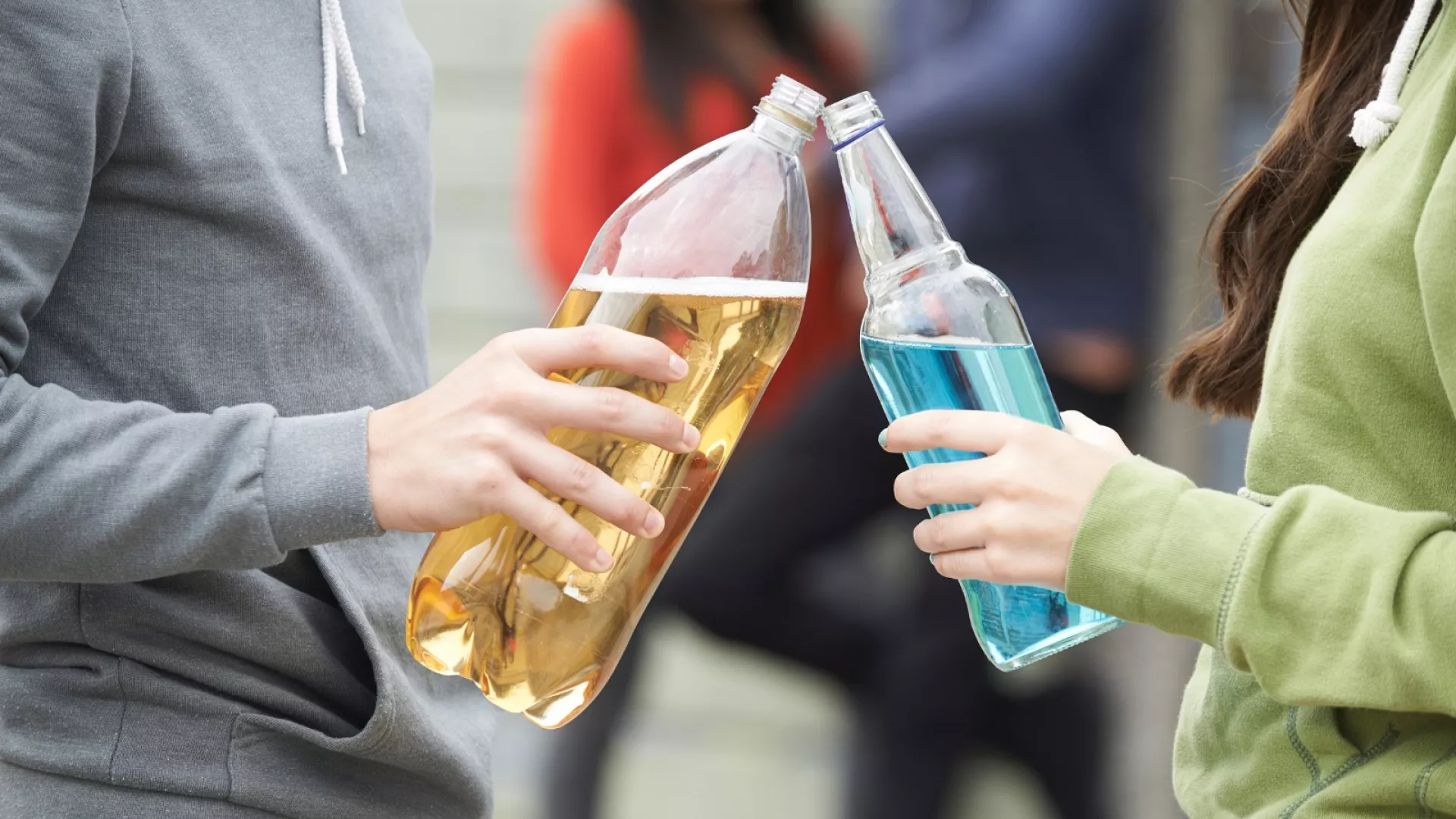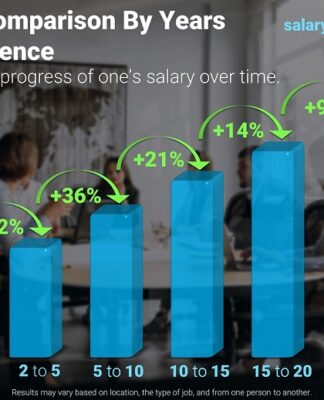Which countries in Europe have the highest rates of underage drinking?
16-18-year-olds in Denmark are the heaviest adolescent drinkers in Europe.
By Servet Yanatma
Published on 17/02/2024 – 12:21•Updated 12:22
Share this article
Comments
More than a third of adolescents in the EU reported heavy episodic drinking, twice the number of adults. It’s a major issue in one country in particular.
The rate of heavy drinkers among adolescents – those aged 15-16 years old – is considerably higher than the adults in most European countries.
As early drinking is associated with drinking later on in life, this presents a serious public health problem on the continent.
In 2019, on average, more than one third (37.4 per cent) of adolescents in the EU reported heavy episodic drinking at least once in the last 30 days whereas this rate was less than one in five (18.7 per cent) among the adults. Adolescent heavy drinkers were therefore twice as many as adults.
Europe’s heaviest drinkers: These are the countries that are drinking more alcohol than before
Which countries have the highest rate of heavy episodic drinking among adolescents? How does the difference in heavy drinking among adolescents and adults vary across Europe? Is underage drinking increasing or decreasing?
Heavy episodic drinking among adolescents, which is defined as having five or more drinks on one occasion, ranged from 8 per cent in Iceland to 59 per cent in Denmark in 2019.
Four Nordic countries reported lowest rates but Denmark was at the top
Four Nordic countries – Iceland, Norway, Sweden, and Finland— recorded the lowest rate of heavy drinking among 15-16-year-olds. However, another Nordic country, Denmark had the highest rate of heavy drinkers.
This might be related to the regulations. In Denmark, adolescents have earlier access to alcohol than those in other Nordic countries, and alcohol control policies are also less stringent, according to the OECD’s ‘State of Health in the EU Cycle, 2022’ report.
The legal age to buy beer and wine in Denmark is lower, at 16 compared to 18 years though there are now plans to restrict sales of drinks containing more than 6 per cent alcohol to 16-18 year-olds.
This European country is the worst in the world for binge drinking, according to a new report
The heavy drinking rate was below 25 per cent only in five countries, the four Nordic ones and Portugal.
Besides Denmark, it was also over 45 per cent in four countries. They included Germany, Austria, Slovakia and Croatia.
Adolescents in France and Spain (both 34 per cent), and Italy (35 per cent) had lower rates of binge drinking than the EU average.
Heavy drinking: Adolescents vs adults
Heavy episodic drinking rates were higher among adolescents than adults in almost all countries across Europe, except Iceland and Norway.
The difference considerably differs, ranging from -16 percentage points (pp) in Iceland to 35 pp in Slovakia while it stood at 19 pp in the EU.
Only Iceland and Norway had negative figures, indicating heavy drinking was higher among adults than 15-16 years olds.
Slovakia was followed by Austria (33 pp), Italy (31 pp) and Bulgaria (29 pp).
The ratio of heavy drinkers among adolescents to adults is also a very useful indicator to compare these age groups.
Italy, Spain, and Greece were outliers.
The ratio was 2 in the EU, showing heavy drinking among adolescents was twice that of adults. Italy (8.8), Spain (5.7), and Greece (5.3) recorded the highest ratios, making them outliers. This ratio was 1.6 in France, another Mediterranean country.
Ratio of heavy drinkers among adolescents to adults was also above 3 in Slovakia, Bulgaria, Austria, and Hungary.
Denmark to restrict sale of alcohol and nicotine to under 18-year-olds
The difference was lower in Nordic countries
In addition to Iceland and Norway where heavy drinking was higher among adults, Sweden (1.1) and Denmark (1.6) had lower ratios in this indicator.
In all countries, men were more likely than women to report heavy episodic drinking. In 2019, on average in the EU, 26.6 per cent of men reported heavy episodic drinking at least once a month compared to 11.4 per cent of women.
Gender largely differs in adults but not in adolescents
However, this is not the fact in adolescents. In the EU, heavy episodic drinking among adolescents was 38.1 per cent in boys whereas it was 36.8 in girls.
Boys reported higher rates of heavy drinking than that of girls in 17 countries while girls had higher rates than boys in 13 countries.
Is that nightcap worth it? This is how many deaths alcohol contributes to in Europe
Studies suggest that the gender difference among adults may be related to different cultural expectations and reflect traditional gender roles. It may also be associated with the gender employment gap and lower income.
Apparently, these variables do not work for adolescents. Changes in gender identity might be an explainer as masculinity is less attached to heavy drinking than in the past, which is shown in a 2019 study by the University of Stockholm’s Jukka Törrönen and his colleagues.
Repeated drunkenness is decreasing but is still high in some countries
Drunkenness is another indicator exposing how much adolescents drink alcohol.
In 2018, the share of repeated drunkenness among 15-year-olds ranged from 7 per cent in Ireland to 42 per cent in Denmark. It stood at 22 per cent in the EU.
More than a quarter (27 per cent) of 15-year-olds in England experienced repeated drunkenness, which is at least twice in life.
The proportion of 15-year-olds who experienced repeated drunkenness has declined in most EU countries over the past two decades.
It fell on average from 41 per cent to 24 per cent among boys, and from 29 per cent to 20 per cent among girls between 1998 and 2018.
While it is declining, it was still above 30 per cent in several countries in 2018.
Possible reasons behind declining rates of youth drinking
Several reasons have been proposed to explain decreasing rates of youth drinking.
Technology, social norms, family relationships and gender identity, as well as trends in health, fitness, well-being and lifestyle behaviour may explain this declining trend, according to the ‘Trends and patterns in alcohol consumption’ chapter of the OECD’s ‘Preventing Harmless Alcohol Use’ report written by Sabine Vuik and Jane Cheatley.
They suggest:
Since nowadays young people mainly exchange virtual communications (e.g. via smartphones and social media), which may create fewer occasions for drinking.
Young people may wish to control their drinking to avoid the public diffusion of disreputable images of extreme drinking through social media and networks.
There is less peer pressure to drink.
Europe is home to the world’s heaviest drinkers. Which country drinks the most alcohol?
Does drinking in childhood predict future drinking patterns?
Yes, it is. Several studies have found that early drinking is associated with drinking later on in life according to the OECD. Using longitudinal data from the United States, OECD analysis demonstrates that drinking in childhood (between ages 15 and 18) is predictive of future drinking. The effect was even larger for women.
Harms and risks
The OECD report suggested that adolescent heavy episodic drinking is related to a range of acute alcohol-related harms. They include blackouts and injuries, car crashes, or increased risk for sexually transmitted infections.
Alcohol use in adolescence is also associated with poor educational outcomes, including bullying and social exclusion.




















![Qatar Labor Law In 2020??? [UPDATES]](https://welcomeqatar.com/wp-content/uploads/2020/12/Qatar-Labor-Law-1-696x366-1-324x366.jpg)









